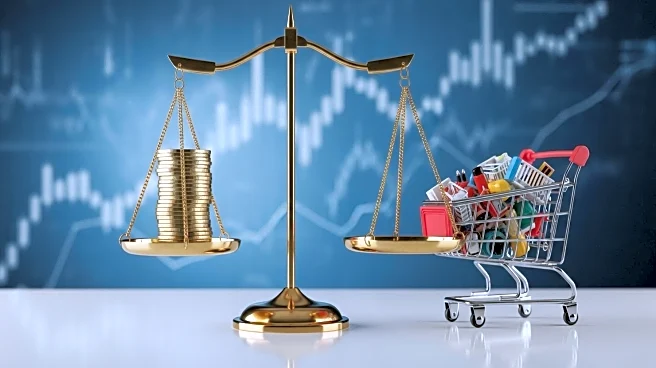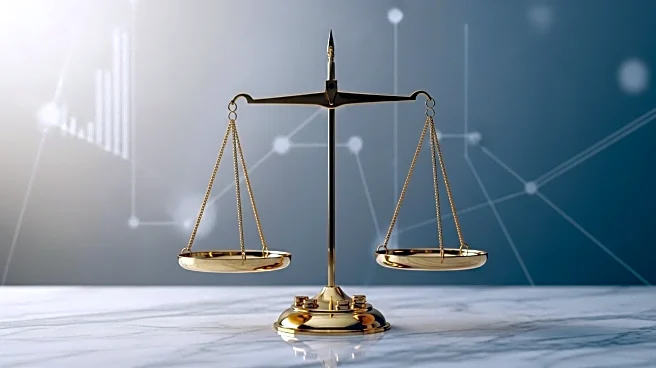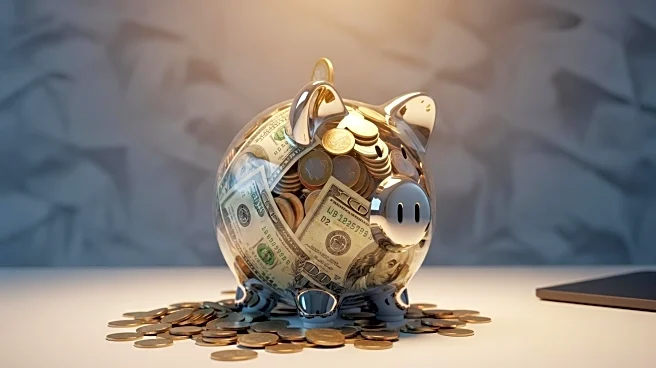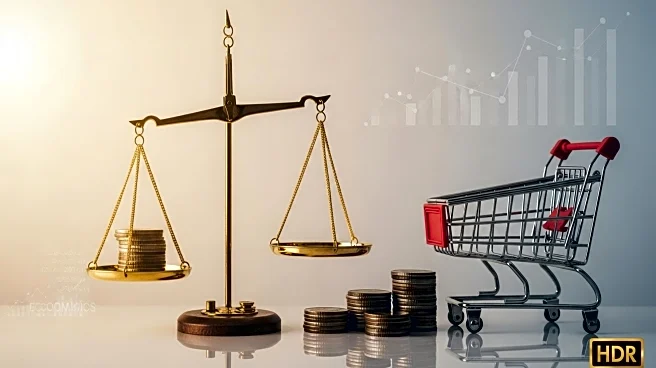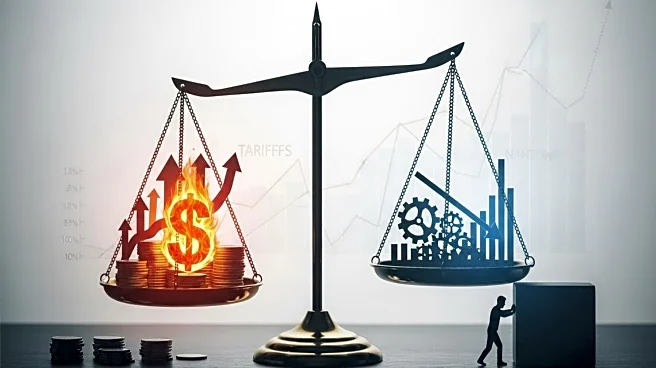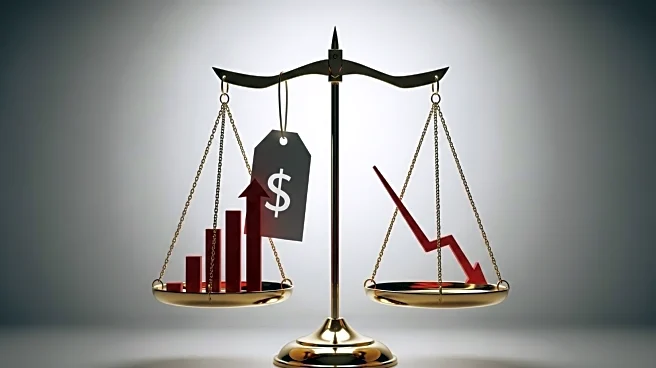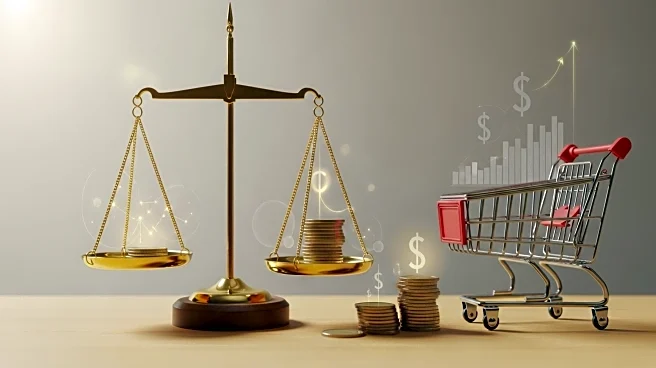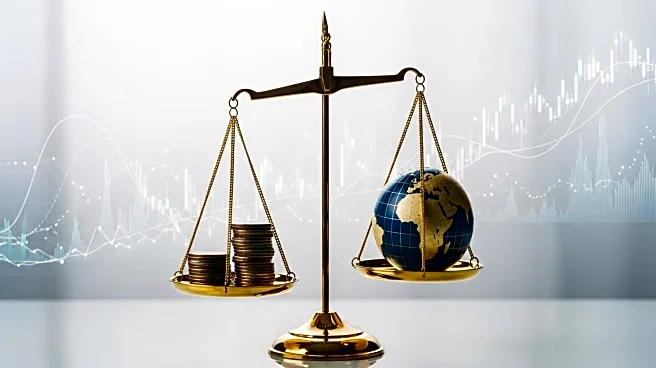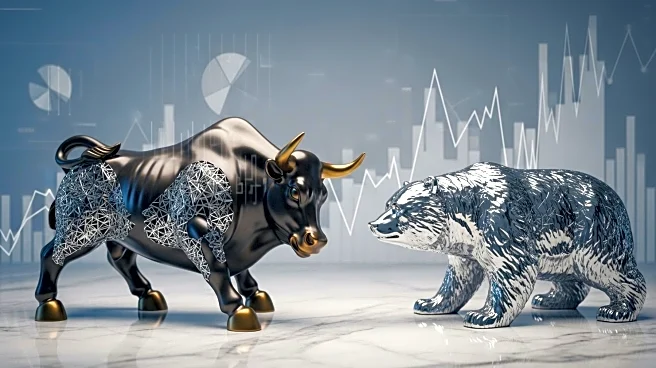What is the story about?
What's Happening?
The U.S. Bureau of Economic Analysis reported a $112.3 billion increase in personal income for July 2025, marking a 0.4 percent rise. Disposable personal income also grew by $93.9 billion, while personal consumption expenditures increased by $108.9 billion. The growth in personal income was primarily driven by higher compensation, with notable increases in private wages and salaries. The PCE price index rose by 0.2 percent from the previous month, indicating moderate inflationary pressures.
Why It's Important?
The increase in personal income and spending reflects ongoing economic adjustments as the U.S. navigates post-pandemic recovery. Rising wages and salaries suggest a strengthening labor market, which could bolster consumer confidence and spending. However, the moderate rise in the PCE price index indicates persistent inflationary pressures that may impact purchasing power. These economic indicators are crucial for policymakers and businesses as they assess the health of the economy and plan future strategies.
What's Next?
As personal income and spending continue to rise, attention will likely focus on inflation trends and their impact on economic stability. Policymakers may need to consider measures to address inflation while supporting growth. Businesses could adjust pricing strategies and investment plans in response to changing consumer behavior and economic conditions. The trajectory of these economic indicators will be closely monitored to inform decisions on interest rates and fiscal policies.
Beyond the Headlines
The data on personal income and spending provides insights into broader economic dynamics, including labor market trends and consumer confidence. The interplay between income growth and inflation will be critical in shaping economic policy and business strategies. Understanding these factors can help stakeholders anticipate shifts in consumer demand and adjust accordingly.
AI Generated Content
Do you find this article useful?
